Igniting Creativity Through Interdisciplinarity
Science thrives not just on critical thinking but also on creativity—yet academia increasingly neglects the latter. Here is a summary of our YAL workshop with Marten Scheffer on the forgotten half of scientific thinking.
The forgotten half of science
Creativity is essential for science. It fuels innovation, problem-solving, and discovery of new knowledge. While science depends on logic and evidence, it is creativity that sparks novel hypotheses, unique experimental designs, and groundbreaking data interpretation. Many scientific breakthroughs—from Einstein’s theory of relativity to the development of mRNA vaccines—were born not just from technical skill, but from imaginative thinking that challenged established norms. Creativity also helps scientists navigate complex or ambiguous problems where straightforward solutions are not obvious. In a world with prolific wicked problems and challenges, creative thinking is needed more than ever.
Yet, academia has developed an unbalanced approach, favoring critical thinking over creative thinking. We teach our students to be critical—from Bachelor’s to PhD—but hardly provide them skills, nor space, to be creative. Our funding system favors feasibility over innovation, and the ever increasing number of tasks, administration, and meetings at academic institutions has eaten away the time to immerse ourselves into deep thinking. The result is a decline in disruptive science and technology (Park et al 2023) . Visit a random presentation at our university and the audience will be filled with skilled scientists to identify and highlight all the problems, issues, and shortcomings. Those that connect their own expertise to what is being presented to form new ideas have become scarce. Don’t get me wrong, critical thinking is a crucial part of science, but it is only half. We shouldn’t skip the creative phase.
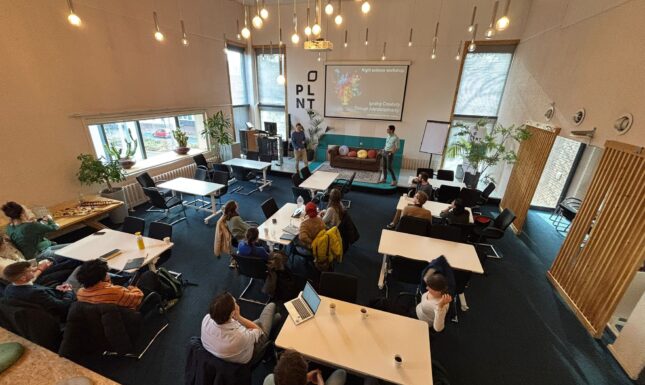
Reviving creative thinking
To reignite creative thinking in academia, the Young Academy Leiden combined a night science workshop with a seminar by Marten Scheffer. Marten has dedicated extensive time over the past decades to thinking…about thinking. He explained we have roughly two complementary modes of thinking: association vs reasoning. While we thrive at second, we systematically underestimate the importance of the first. This is where night science comes in.
“Night science is a sort of workshop of the possible where what will become the building material of sciences in worked out” - Francois Jacob
Inspired by Francois Jacob (1987), Itai Yanai and Martin Lercher developed course material, podcasts and workshops to boost the creative side of the scientific process: night science. Where day science is about falsification, hypothesis- and solution-testing, precise, consistent answers; night science is about improvisation, hypothesis-generating, puzzle-switching and metaphors. During our workshop we combined short bits of information on these different aspects of night science with activities to practice them in small interdisciplinary groups. In only two hours we ignited creativity within our 30 participants, bringing into practice Martens advice later during the day: “we should do more night science during the day”.
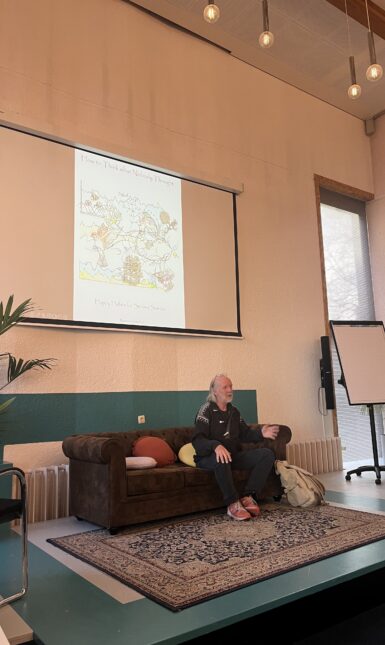
Interdisciplinarity
Modern science is heavily structured, with conferences, journals, courses and departments organized along disciplinary divides. Academia rewards the expert, the specialist, those with unique selling points, which leads to further fragmentation and subdivision of disciplines. But this wasn’t always the case. Leonardo da Vinci was a scientist, artist and philosopher. Ada Lovelace was a mathematician and philosopher known for her mindset of “poetical science”. Combinations that seem impossible these days and even advised against by many.
“It is so far from anything I do, I must be interested” - Kenneth Arrow
Yet, the highest-impact science is primarily grounded in exceptionally combinations of prior work featuring intrusions of unusual combinations (Uzzi et al 2013). Winners of the world’s top science prizes had, without exception, internalized a lot of scientific diversity (Whitfield 2008). Most—if not all—of the major scientific breakthroughs over the past centuries emerged from connecting cultures, disciplines and/or sectors (Poskett 2023). Marten argued during his seminar that creativity arises by connecting the previously unconnected. Staying in your disciplinary bubble hampers creativity and innovation as there are limited options for the unconnected.
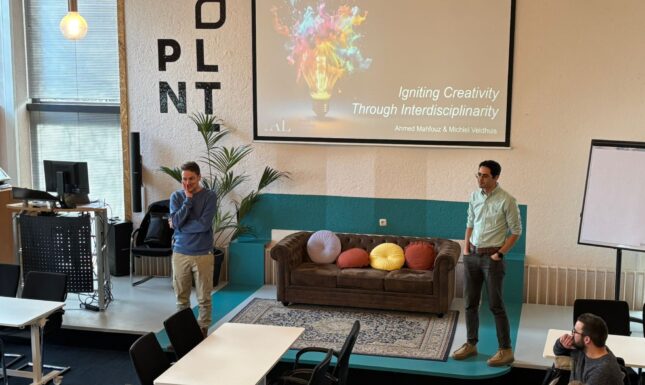
Habits to boost creative output
Originality is crucial for groundbreaking science and art, but it can't be taught directly. However, a specific set of habits—surprisingly common among successful artists and scientists—can stimulate creativity. Three clusters of habits align with distinct personality traits shared by creative individuals (Scheffer et al 2017). 1) "embrace the unexpected," related to openness to new experiences, involves spontaneity, diverse exploration, and calculated risk-taking. 2) "create conditions for creation," tied to being autonomous, includes simple habits like scheduling empty time and carrying a notebook. 3) "break away from dogma," linked to norm-doubting, drives individuals to challenge established systems and occasionally dismantle their own work to regain a fresh perspective. While personality traits are difficult to change, these habits suggest teachable techniques or skills.
“Hanging out with strangers in a pub should be considered part of the serious process of thinking” - Marten Scheffer
Many scientists will question the idea that taking walks, reading unrelated material, and socializing with strangers are essential part of the scientific process. But the truth is, these activities are crucial for innovation. Many of the breakthroughs in science were made by people who were distracted (Scheffer 2014). Charles Darwin used to take daily strolls on his "thinking path" to promote this thought. Naps and undemanding activities that allow the mind to wander can boost our ability to make novel associations (Cai et al. 2009; Baird et al. 2012). By incorporating these activities into our daily routine—practicing night science during the day—, we can alternate between focused work and creative thinking, leading to more groundbreaking discoveries.
Refs
Park, M., Leahey, E. & Funk, R.J. Papers and patents are becoming less disruptive over time. Nature 613, 138–144 (2023).
Scheffer M. The forgotten half of scientific thinking. PNAS. (2014)
DJ Cai, SA Mednick, EM Harrison, JC Kanady, SC Mednick, REM, not incubation, improves creativity by priming associative networks. Proc Natl Acad Sci USA 106, 10130–10134 (2009).
B Baird, et al., Inspired by distraction: Mind wandering facilitates creative incubation. Psychol Sci 23, 1117–1122 (2012).
B Uzzi, S Mukherjee, M Stringer, B Jones, Atypical combinations and scientific impact. Science 342, 468–472 (2013).
J Whitfield, An indifference to boundaries. Nature 451, 872–873 (2008).
Jacob, F. (1987). The statue within.
Poskett, J. (2023) Horizons: a global history of science.
Scheffer M, Baas M, Bjordam TK. 2017. Teaching originality? Common habits behind creative production in science and arts. Ecology and Society: 22(2):29
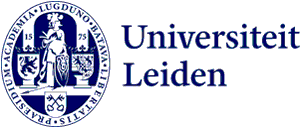
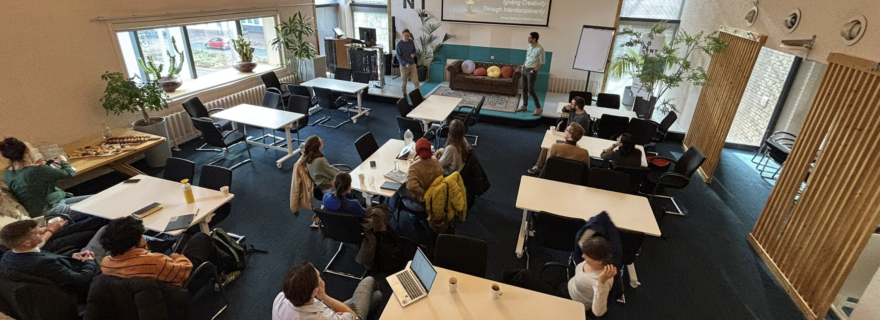
0 Comments